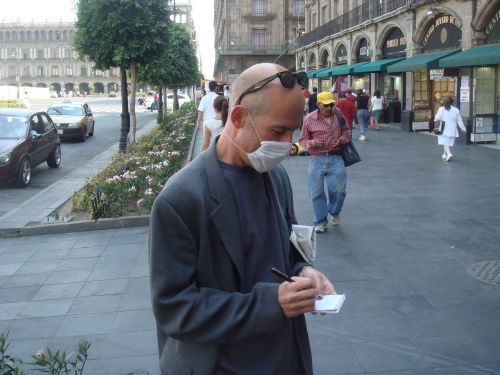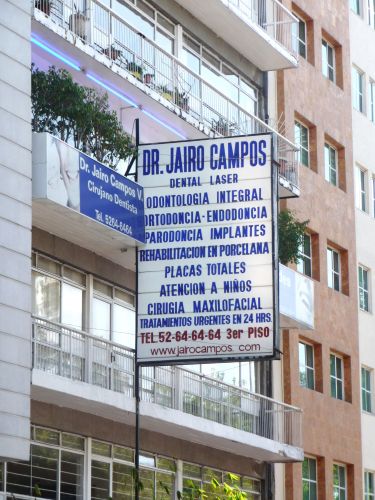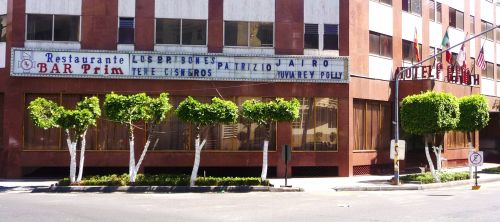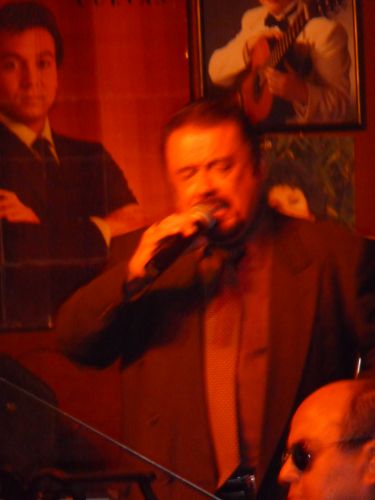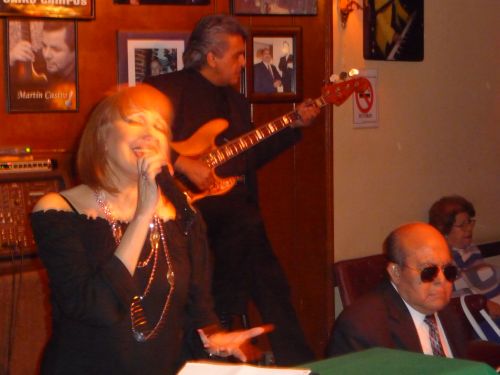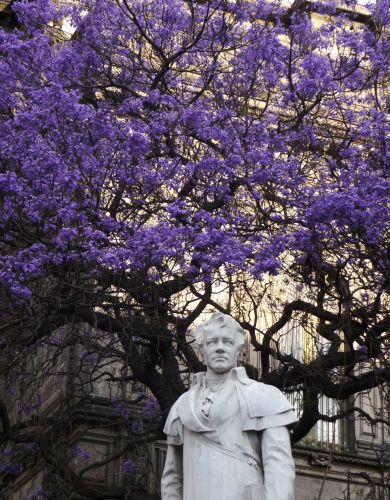
When I was a boy, I saw the actor Robert Vaughan, who had made his name as Napoleon Solo, one of the spies on a show called The Man from U.N.C.L.E., being interviewed on TV. He said that he had moved to Connecticut from Hollywood because he wanted his children to witness the change of seasons.
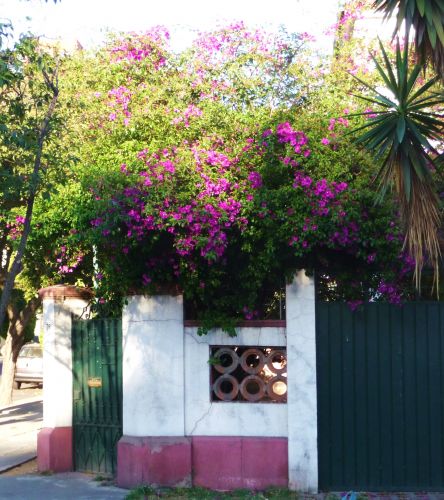
Even though I was only a child, his remark struck me as smugly irritating. It was as if he felt there was some moral superiority to places in which, at certain times of the year, the leaves changed, snow fell, etc. What was wrong with places that had a temperate climate? Would it be so awful to live where the weather was nice all year round?

Mexico City has a delicious climate. Nonetheless, its residents constantly complain about the weather. When there is the slightest suggestion of heat in the air – on a sunny day that would make most citizens of the world delightfully happy – they say, Hace un calor de los mil demonios (It’s as hot as a thousand devils). At the first faint breeze, they whip out their scarves and knit hats and say Hace un frío de los mil demonios (It’s as cold as a thousand devils). (I guess the Catholic upbringing makes them hell- and devil-obsessed.)
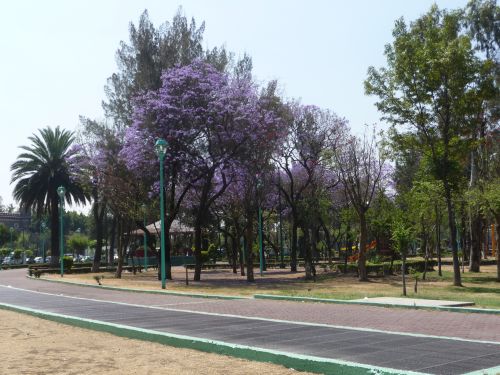
As temperate as the weather is here, there are marked seasons, although they are not the same as the ones that Robert Vaughan’s children had the privilege of enjoying. From June through September, it will reliably rain every day. With luck, it will be a thundershower that lasts only an hour or so in the afternoon. Occasionally it rains day and night. Once in a while there are huge storms, with hailstones the size of blueberries.
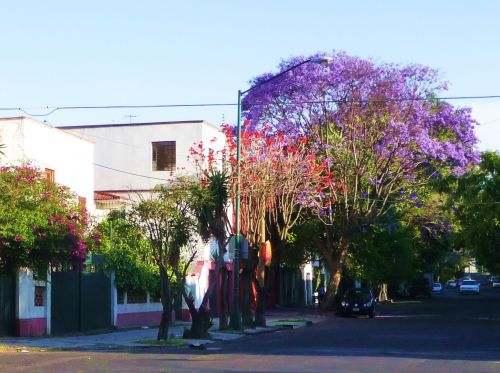
Between October and January, the weather is usually excellent, but there are winds that cause leaves to fall from some trees. Late at night, and particularly early in the morning, it can get quite cold – at least what passes for cold in these parts. It might go down to 45 Fahrenheit (around 7 Celsius).
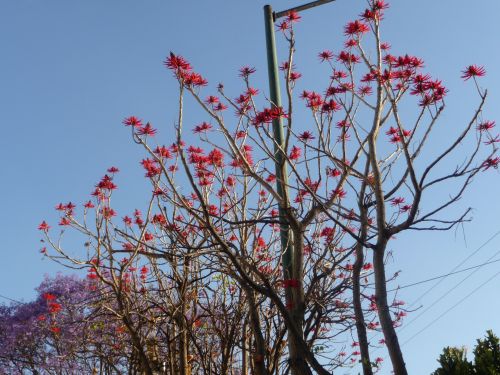
Spring is my favorite time of year. By late February, and throughout the month of March, jacaranda, bugambilia and colorín all bloom. The temperatures are perfect; warm but not hot. At night you only need a light jacket, if anything at all. These photos were all taken in those months. In April and May, before the rainy season begins, the air dries precipitously and it is the hottest time of year. That’s when you start to hear about those mil demonios.
